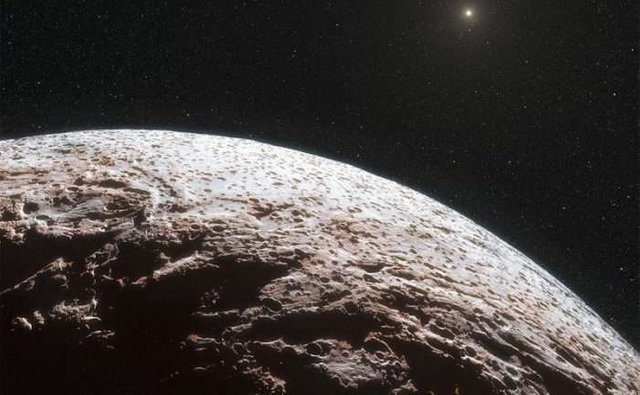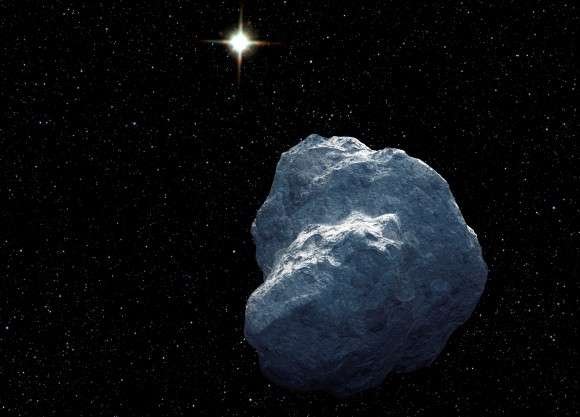Godfather Beyond Neptune, a chunk of ice is orbiting the sun in the wrong direction
Beyond the orbit of Neptune, the farthest recognized-planet from our sun, lies the mysteries population known as the Trans-Neptunian Object (TNOs). For years, astronomers have been discovering bodies and minor planets in this region which are influenced by Neptune's gravity, and orbit our sun at an average distance of 30 Astronomical Units.
In recent years, several new TNOs have been discovered that have caused us to rethink what constitutes a planet, not to mention the history of the solar system. The most recent of these mystery objects is called "Niku", a small chunk of ice that takes its name for the Chinese word for "rebellious". And while many such objects exist beyond the orbit of Neptune, it is this body's orbital properties that really make it live up to the name!
In a paper recently submitted to arXiv, the international team of astronomers that made the discovery explain how they found the TNO using the Panoramic Survey Telescope and Rapid Response System 1 Survey (Pan-STARRS 1). Measuring just 200 km (124 miles) in diameter, this object's orbit is tilted 110° to the plane of the solar system and orbits the sun backwards.
Ordinarily, when planetary systems form, angular momentum forces everything to spin in the same direction. Hence why, when viewed from the celestial north pole, all the objects in our solar system appear to be orbiting the sun in a counter-clockwise direction. So when objects orbit the sun in the opposite direction, an outside factor must be at play.
What's more, the team compared the orbit of Niku with other high-inclination TNOs and Centaurs, and noticed that they occupy a common orbital plane and experience a clustering effect. As Dr. Matthew J. Holman – a professor at the Harvard-Smithsonian Center for Astrophysics and one of the researchers on the team – told Universe Today via email:
"The orbit of Niku is unusual in that it is nearly perpendicular to the plane of the solar system. More than that, it is orbiting in the opposite direction of most solar system bodies. Furthermore, there are a few bodies that share the same or orbital plane, with some orbiting prograde and some orbiting retrograde. That was unexpected."
"Planet Nine seems to be gravitationally influencing another nearby population of bodies that are also orbiting nearly perpendicular to the plane of the solar system," said Holman, "but those objects have much larger orbits that also come closer to sun at their closest approach. The similarity (perpendicular) nature of Niku's orbit to that of the more distant population hints at a connection."
Establishing such a connection based on the orbits of distant objects is certainly tempting, especially since no direct evidence of Planet Nine has been obtained yet. However, upon further analysis, the team concluded that Niku is too close to the rest of the solar system for its orbit to be effected by Planet Nine.
In addition, the orbits of the clustered objects that circle the sun backwards along the same 110-degree plane path was seen as a further indication that something else is probably at work. Then again, it may very well be that there is a giant planet out there, and that it's influence is mitigated by other factors we are not yet aware of.

